MuJoCo#
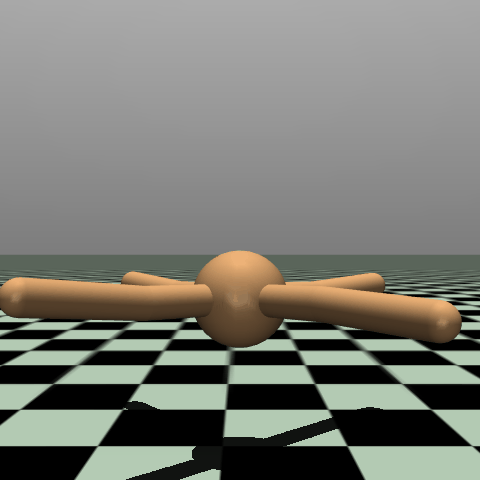
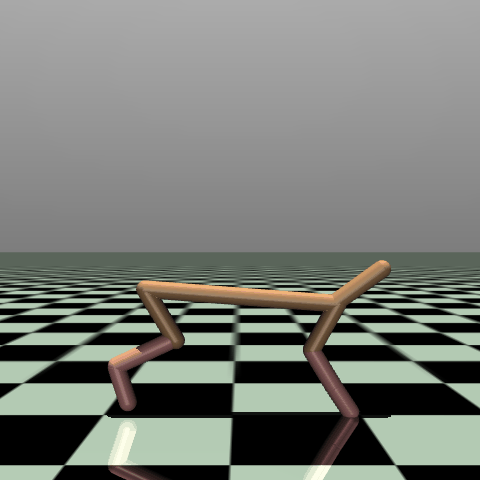
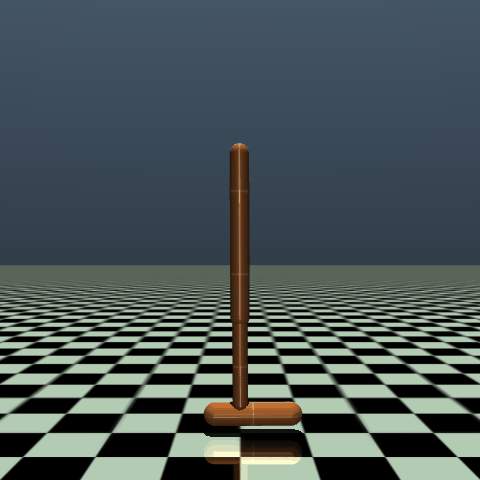

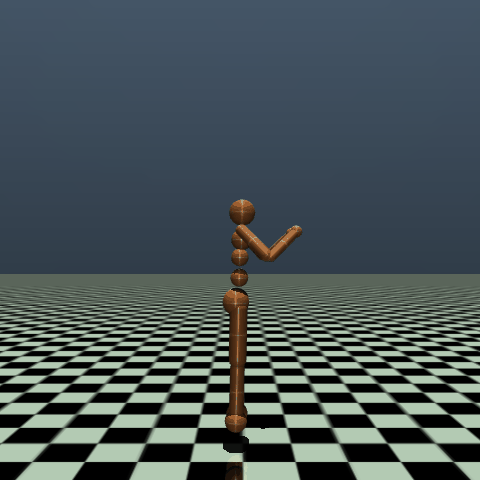
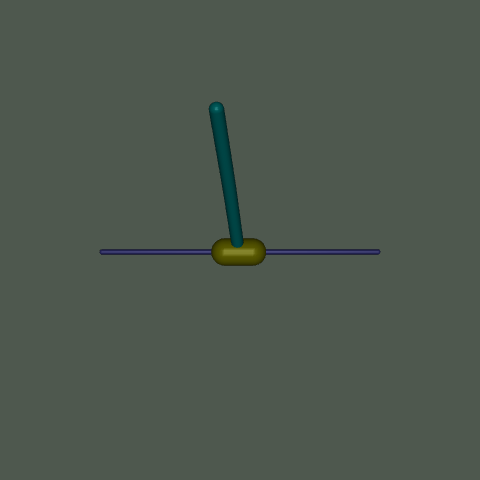
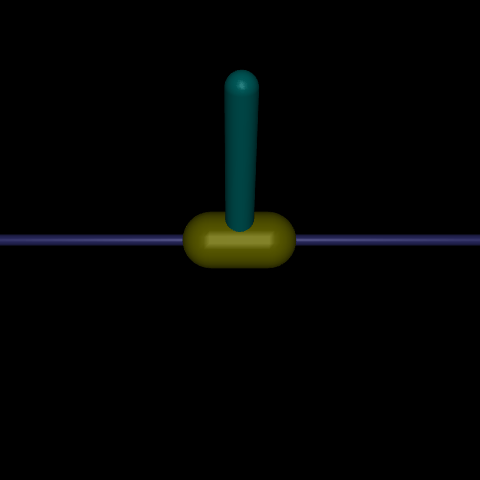
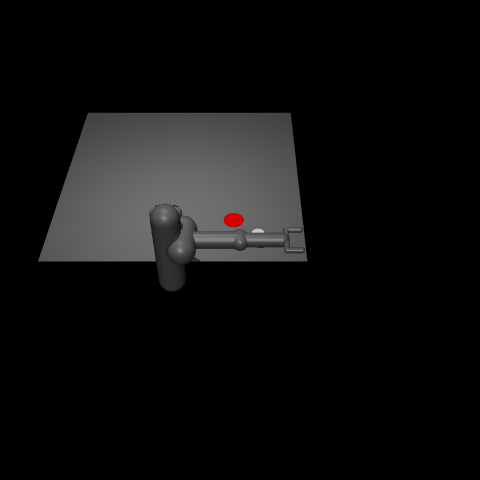
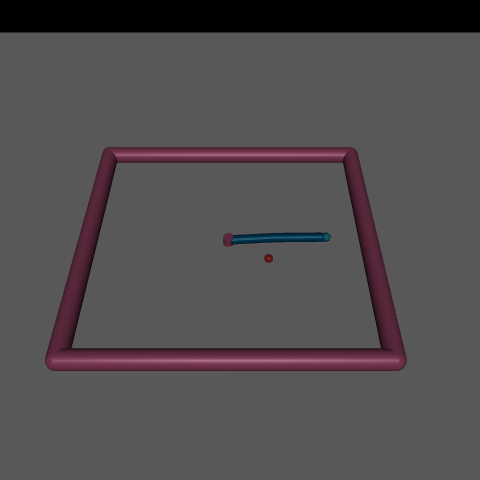
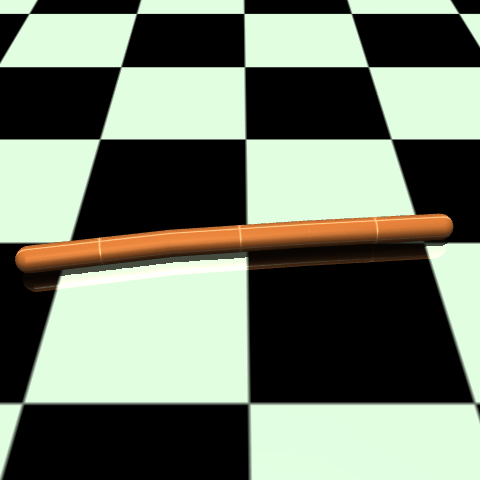

MuJoCo stands for Multi-Joint dynamics with Contact. It is a physics engine for facilitating research and development in robotics, biomechanics, graphics and animation, and other areas where fast and accurate simulation is needed. There is physical contact between the robots and their environment - and MuJoCo attempts at getting realistic physics simulations for the possible physical contact dynamics by aiming for physical accuracy and computational efficiency.
The unique dependencies including the MuJoCo simlator for this set of environments can be installed via:
pip install gymnasium[mujoco]
As of October 2021, DeepMind has acquired MuJoCo and has open-sourced it in 2022, making it free for everyone.
Using MuJoCo with Gymnasium requires the framework mujoco be installed (this dependency is installed with the above command).
Instructions for installing the MuJoCo engine can be found on their website and GitHub repository.
For MuJoCo v3 environments and older the mujoco-py framework is required (pip install gymnasium[mujoco-py]) which can be found in the GitHub repository.
There are eleven MuJoCo environments (in roughly increasing complexity):
Robot |
Short Description |
|---|---|
CartPoles |
|
InvertedPendulum |
MuJuCo version of the CartPole Environment (with Continuous actions) |
InvertedDoublePendulum |
2 Pole variation of the CartPole Environment |
Arms |
|
Reacher |
2d arm with the goal of reaching an object |
Pusher |
3d arm with the goal of pushing an object to a target location |
2D Runners |
|
HalfCheetah |
2d quadruped with the goal of running |
Hopper |
2d monoped with the goal of goal of hopping |
Walker2d |
2d bidped with the goal of walking |
Swimmers |
|
Swimmer |
3d robot with the goal of swimming |
Quarduped |
|
Ant |
3d quadurped with the goal of running |
Humanoid Bipeds |
|
Humanoid |
3d humanoid with the goal of running |
HumanoidStandup |
3d humanoid with the goal of standing up |
All of these environments are stochastic in terms of their initial state, with a Gaussian noise added to a fixed initial state in order to add stochasticity.
The state spaces for MuJoCo environments in Gymnasium consist of two parts that are flattened and concatenated together: the position of the body part and joints (mujoco.MjData.qpos) and their corresponding velocity (mujoco.MjData.qvel) (more information in the MuJoCo Physics State Documentation).
Among the Gymnasium environments, this set of environments can be considered as more difficult to solve by policy.
Environments can be configured by changing the xml_file argument and/or by tweaking the parameters of their classes.
Versions#
Gymnasium includes the following versions of the environments:
Version |
Simulator |
Notes |
|---|---|---|
|
|
Recommended (most features, the least bugs) |
|
|
Maintained for reproducibility |
|
|
Maintained for reproducibility (limited support) |
|
|
Maintained for reproducibility (limited support) |
For more information, see the section “Version History” for each environment.
v1 and older are no longer included in Gymnasium.
Note: The exact behavior of the MuJoCo simulator changes slightly between mujoco versions due to floating point operation ordering (more information of their Documentation)
Rendering Arguments#
The all MuJoCo Environments besides the general Gymnasium arguments, and environment specific arguments they also take the following arguments for configuring the renderer:
env = gymnasium.make("Ant-v5", render_mode="rgb_array", width=1280, height=720)
Parameter |
Type |
Default |
Description |
|---|---|---|---|
|
int |
|
The width of the render window |
|
int |
|
The height of the render window |
|
int | None |
|
The camera ID used for the render window |
|
str | None |
|
The name of the camera used for the render window (mutally exclusive option with |
|
dict[str, float | int] | None |
|
The mjvCamera properties |
|
int |
|
Max number of geometrical objects to render (useful for 3rd-party environments) |


